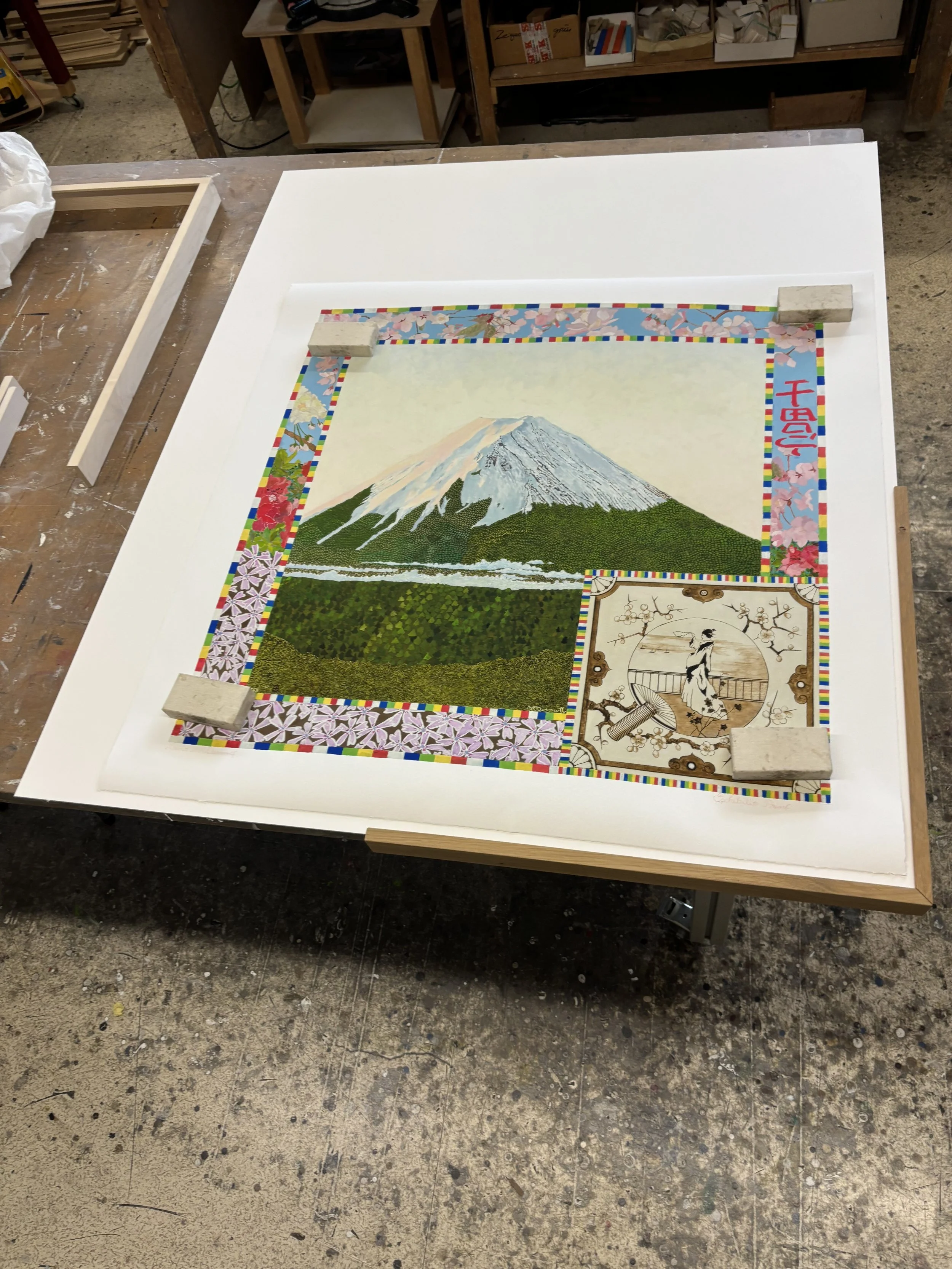DAVID MCDERMOTT
David McDermott (b. 1952, Hollywood, CA). An artist of singular vision, McDermott’s work is an ongoing experiment in time travel—painting, living, and thinking within the imagined parameters of another era.
He began his artistic journey at Syracuse University (1970–74) before moving to New York City, where he immersed himself in a life devoted to art and historical inquiry. Now living and working between Ireland, Zurich, and Milan, McDermott continues to forge a deeply personal and temporal practice rooted in the past yet vividly resonant today. His approach constructs immersive historical fictions through rigorous research, traditional techniques, and conceptual devotion to the aesthetics of bygone periods.
In 1980, McDermott co-founded the collaborative duo McDermott & McGough with Peter McGough. Together, they became known for their striking use of 19th-century photographic processes—cyanotype, gum bichromate, salt, tricolor carbon, platinum, and palladium prints—and for their exploration of themes ranging from advertising, fashion, and religion to medicine and sexuality. Their work has been shown in major institutions including the Whitney Museum of American Art (New York), the New Museum (New York), the Centre Pompidou (Paris), Kunsthalle Wien (Vienna), and the Irish Museum of Modern Art (Dublin), among many others. They participated in the Whitney Biennial in 1987, 1991, and 1995, and were honored with a mid-career retrospective at the Provincial Museum voor Moderne Kunst in Oostende, Belgium.
In his recent solo endeavors, McDermott has continued to elaborate his signature aesthetic. His celebrated exhibition “The Great Mountain Paintings 1888”at Vito Schnabel’s Gallery in St. Moritz drew acclaim for its breathtaking depictions of imagined vistas rendered with historical precision and visionary intensity.
Currently, McDermott is completing the final works in his mountain painting series while embarking on two ambitious new projects: Edo – The Sacred Peaks and Temples of Japan, and “ The Great Monuments of the World 1889” Both series reflect his continued fascination with sacred geography, cultural memory, and the artistic possibility of time itself.




